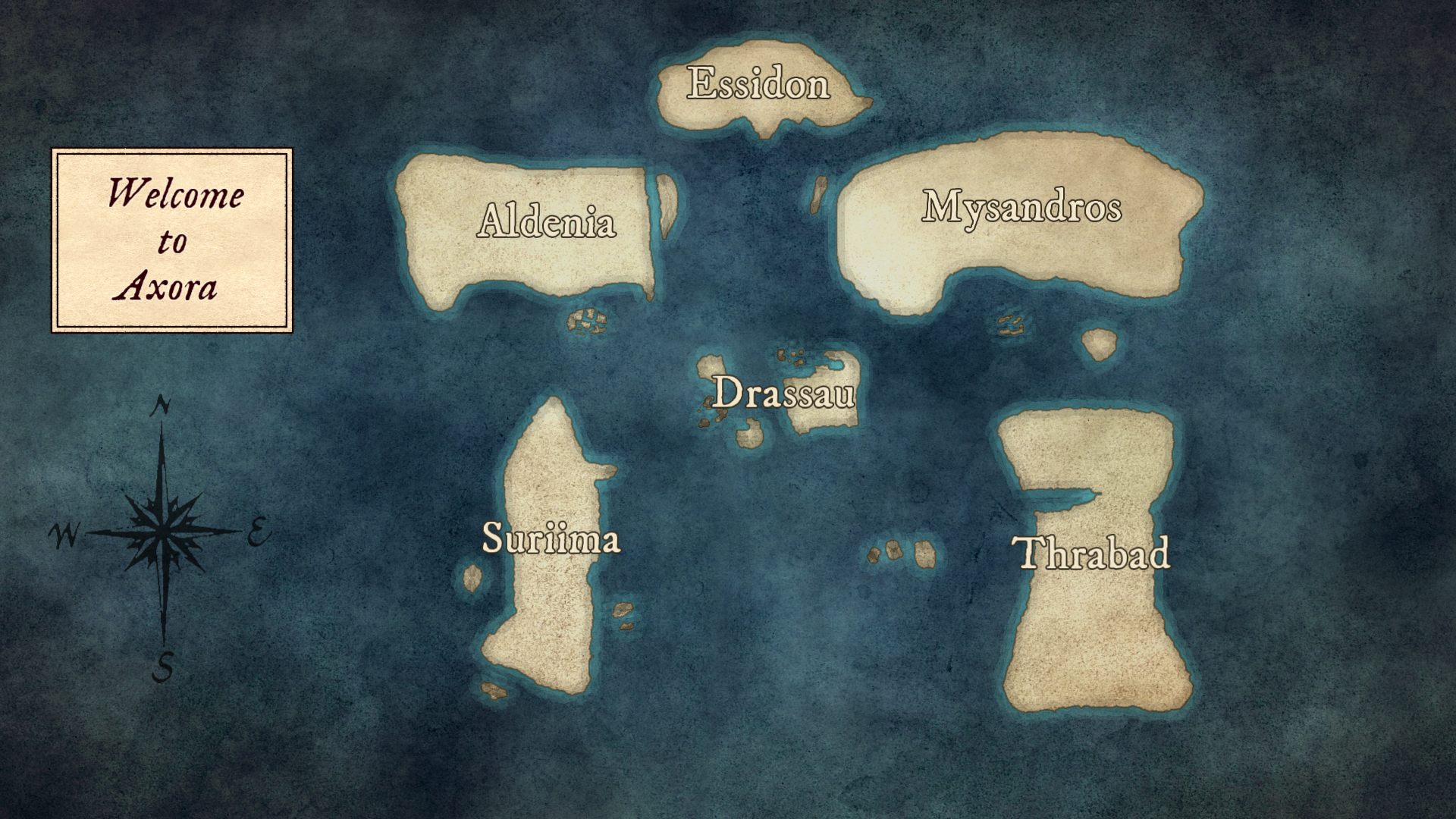If you want to stand out, wear Hantau Beetle silk — Hantau Ministar for Trade
Description
The beetle itself has a mottled dark green and black carapace. However, the majority of the time, it is wrapped in its own silk. The silk is silvery and iridescent if touched. When wrapped, it appears to mimic the look of a larva of other insect species, perhaps most specifically that of the East Mysandrian Black Moth. The Black Moth larvae are poisonous, so it is presumed this is an intentional effect to deter predator from eating the beetles.
The beetle is not poisonous. However, it does possess a pair of powerful mandibles, one of the strongest amongst beetle species. It is also comparatively large compared to most beetles as well, often as large as 5 inches long. Some specimens have been recorded as reaching almost twice that length. Farmed beetles tend to trend on the larger side.
Life Cycle
The life cycle of the Hantau Silk Beetle is around six months. This is spent almost entirely in smaller five day cycles where it produce and replace its silk covering. The first few cycles pass in a similar fashion to crustaceans replacing their shells or snakes shedding their skins. It is theorised the silk covering process began for this reason but continued into adulthood because of the deterrent properties that prevented the beetles that did so from being eaten.
As such, they are the only known insect to continue producing silk into adulthood.
Silk Farming
The silk from the beetle is farmed as close to the fifth day as possible so as not to interrupt the natural cycle too greatly. When the silk is farmed, it has to be treated quickly as the lustre fades after about a day. The silk itself is no stronger than silkworm produced silk but it is the shine and iridiscent properties of the beetle silk that sets it apart as an even more luxurious material. The farming of silk beetles is fiercely regulated to maintain a steady wild population and farmed population.

Comments